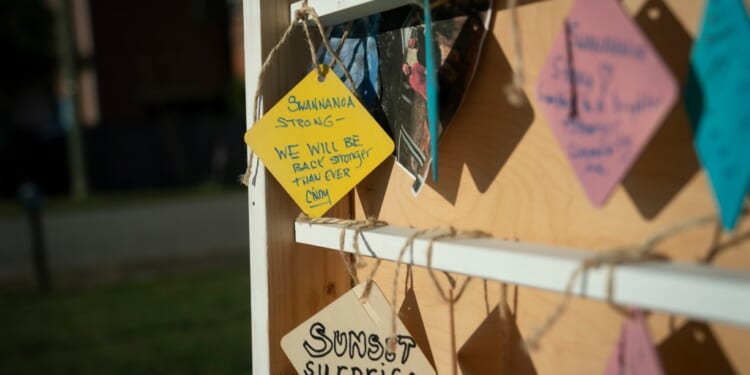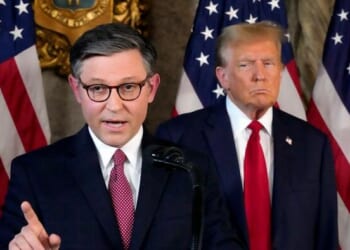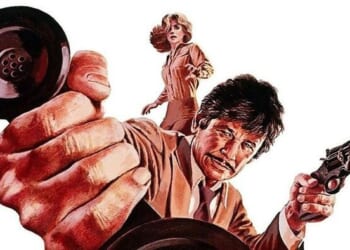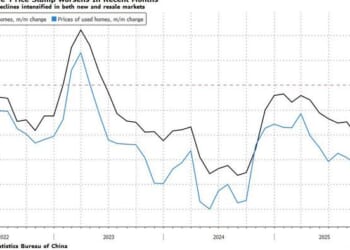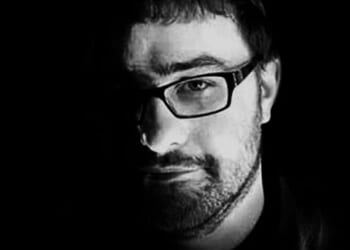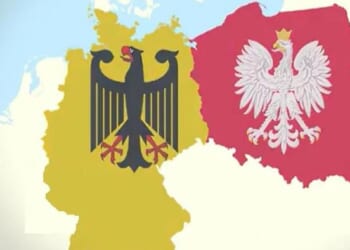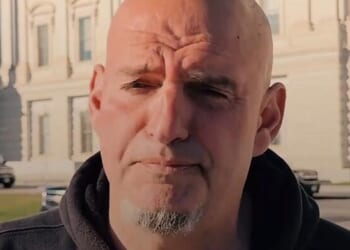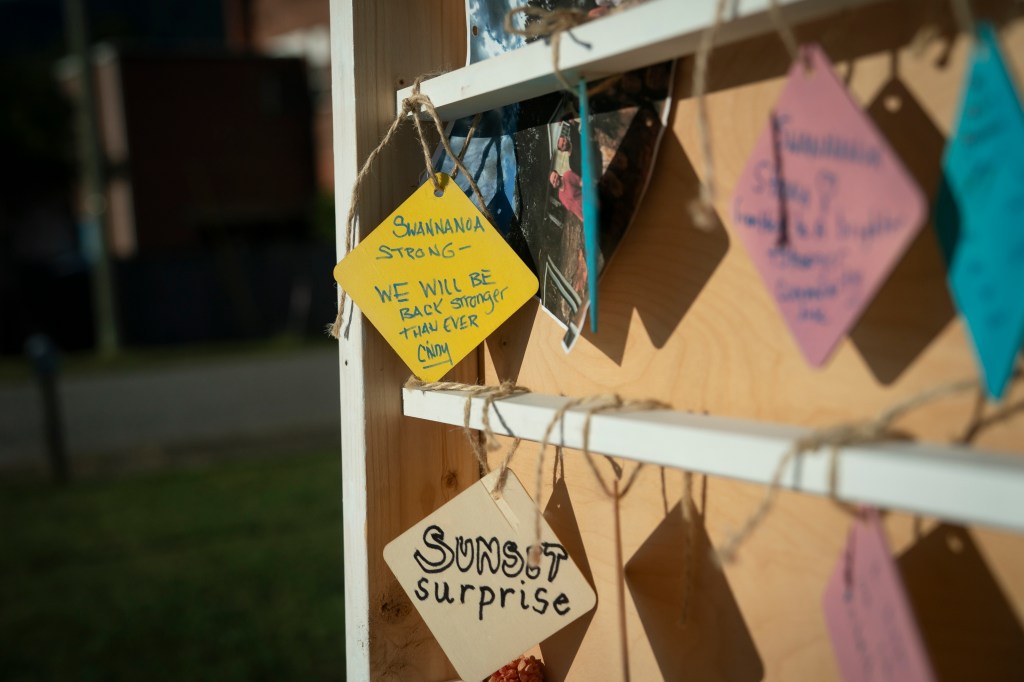
SWANNANOA, North Carolina—When Hurricane Helene hit the town of 5,000 more than one year ago, Antonio Garcia, a resident of Swannanoa for 20 years, checked on residents at Alan Campos Circle, a street in the Black Mountain Mobile Home Community five minutes from his house. Garcia had coordinated Hispanic ministries for St. Mary Margaret Catholic Church for several years and knows many Spanish-speaking families there.
By September 27, 2024, many mobile homes on Alan Campos Circle had taken on nearly 2 feet of water. Residents of Swannanoa didn’t have electricity for nearly a month after the storm struck, and they went even longer without running water. Not having internet access made it especially difficult to get resources, and communication problems were multiplied for Spanish-speaking families.
People had immediate needs—like water and food and dry clothes—but soon they’d have long-term needs, like housing. Now, more than a year later, many houses have been rebuilt, but other house repairs are still needed. For the last year, it’s been local relationships that have helped the Spanish-speaking families fill the gap.
“For me it was natural just to come to this community right after the storm,” Garcia said. “You start walking around and realize the devastation that remained after the storm. I walked around in the other side of this neighborhood, realizing that the community had not received any help.”
When Garcia arrived to the mobile home neighborhood, houses were full of water and needed to be mucked out. One family had started working on their home because they had the means, but the others didn’t know where to start.
“There were a lot of organizations out in other neighborhoods,” Garcia said. “I guess that’s where the language barrier helps people be disconnected a little, because it’s not that easy to reach out for resources and services.”
Of the 22 families he’s worked with in the mobile home community, all but two have been Spanish-speaking. Garcia said he thinks nonprofits weren’t there because their hands were full helping out in other areas.
“I never thought that the community was in any way, shape, or form discriminated against,” he said. “I don’t think that’s what happened. It was just that a lot of people were just busy doing so much. So much was to be done.”
Churches helped fill the gap. One of them was Valley Hope Church, a Presbyterian church only three minutes from the Alan Campos neighborhood. Down a hill from Valley Hope is a creek that shoots off from the Swannanoa River. During the hurricane, its banks overflowed. About 50 yards from Valley Hope, a Spanish-speaking couple and their three kids were in their house when the creek flooded. Water filled their entire first floor, trapping them on their balcony.
Neighbors helped the kids escape with a rope, throwing it to them and pulling them across the rushing river. But the current was relentless, and the mother was swept away. Her husband swam after her. They caught themselves on shipping containers that had washed into the creekbed, and neighbors helped them to dry land from there.
“We’ve gotten to know them,” said Valley Hope pastor Anthony Rodriguez. “We helped take care of their house.” Once the storm abated, the Valley Hope congregation quickly decided to focus on helping others near the church. “God has put us here in this neighborhood,” Rodriguez said, “and we want to make sure our neighbors, on this street, have food, water, and whatever they need for sanitation.”
With no running water after the storm, people hauled water from the creek, up the hill beside the church, and to their houses to flush their toilets. But then a contractor suggested they dam their creek and build a pump. “Great, do it. Probably not legal, but just do it,” Rodriguez told the contractor. Rodriguez said, “That was a huge help, a really practical need that people had fulfilled.”
A generator pumped water up the hill to storage containers. Another company came and helped build a filtration system, providing hundreds of gallons of drinking water to people every day.
Initially, nearby homeowners needed to get rid of their food because refrigerators didn’t have power. They gave the food to Valley Hope to cook for whoever showed up. Then outside organizations started donating food. The church set up tables in their parking lot, cooked food for hundreds of people each night, and they all ate dinner together.
“We just knew that people needed to sit with each other. And be at a table with other people … kind of release that anxiety, and not be alone,” Rodriguez said. “We all kinda know each other way better now than we ever did.”
By April, the congregation of Valley Hope was still serving free meals each Monday to more than 200 people from their neighborhood and elsewhere. “We realized that our neighborhood was a lot more bilingual than we realized,” said Rodriguez. “And we became a church that got a reputation for helping people, Spanish-speaking people.” Several members of the Valley Hope congregation speak Spanish and could help.
“If you’re hungry, we’ll feed you. If you’re thirsty, we’ll give you something to drink. And we’ll do it in Spanish too,” Rodriguez said.
Eventually it came time to repair and rebuild homes. Rodriguez hadn’t known it, but he discovered that one of the church’s members, Lindsey Barnett, had 20 years of humanitarian aid experience. Barnett began working as director of relief and recovery, and Lisa Ladd came on as the Helene volunteer coordinator for the church. Since then, the church has helped repair homes. One project was helping repair the basement for the family living near the creek. Valley Hope coordinated volunteers who mucked out the basement, framed new doors, and fixed plumbing.
In the mobile home park, too, families have leaned on volunteers as they undertake the long-term project of rebuilding their community. Garcia, who worked for the Catholic church and visited Alan Campos Circle in the first few days, said some families in the mobile home community didn’t qualify for federal benefits, so private groups and individuals have become paramount in the recovery.
In the first two weeks after the storm, an organization called the Community Organized Relief Effort, or CORE, arrived to help out in the mobile home community, and Garcia began working as a paid program manager. “They hire local. They identify the leadership in the community,” Garcia said. “I’m a local in the community, and so there is that sense of trust … people knew me and knew that I worked at the church for so long.”
CORE’s repair work was done by volunteers for the first few months, sometimes up to 100 at a time. Recently it’s begun paying contractors. Catholic Charities helps fund both materials and labor. CORE also has donor partnerships with other organizations like United Way and Valley Hope Church.
In the year since the devastating storm, the group has rebuilt 25 homes in the area, several of which were specifically in the Black Mountain Mobile Home Community. Among other repairs, they have elevated homes, replaced insulation, installed drywall, and repaired plumbing and electric, among other repairs.
The small mountain communities are a picture of the work still being done, by a variety of helping hands. On Monday, September 29, 2025, it rained in Swannanoa as Garcia drove to the mobile home community to meet a county inspector at one of their repair sites. Meanwhile, the sign at Valley Hope read: “FREE DINNER TONIGHT… GRATIS CENA ESTA NOCHE.”

